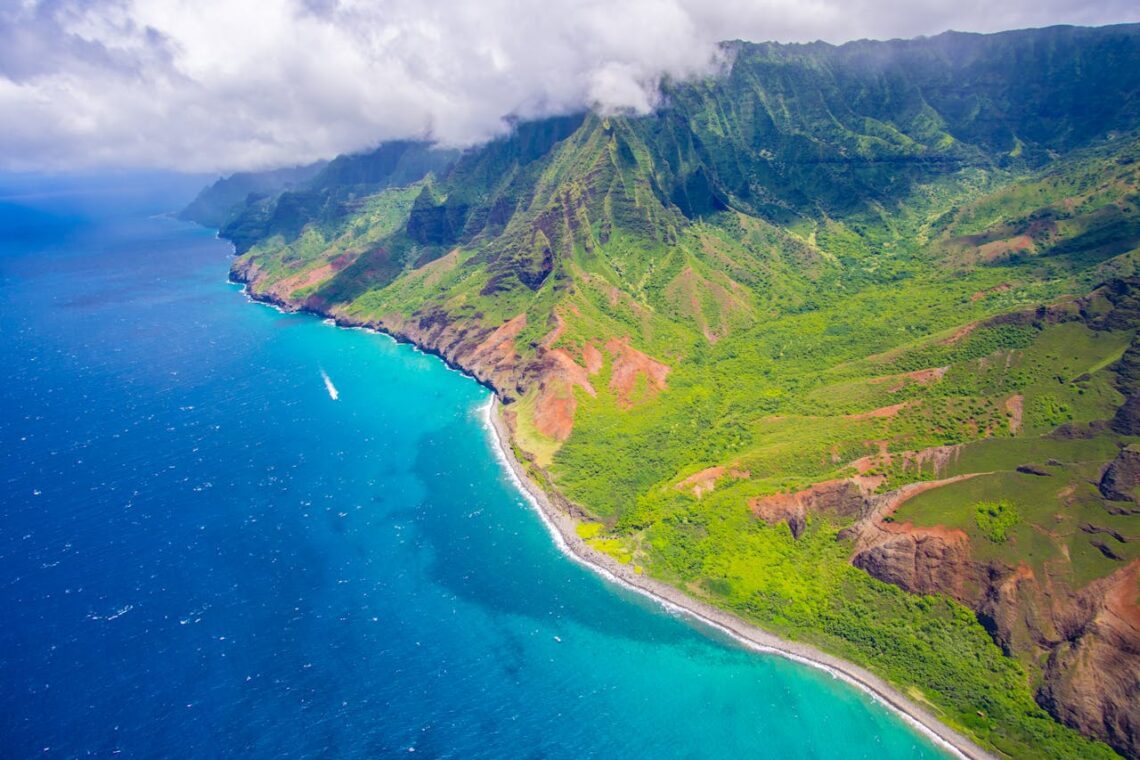
The Best 26 Facts About Hawaii: Discover the Aloha State
A Land of Wonder in the Pacific
Tucked away in the middle of the Pacific Ocean, the Aloha State is often seen as a tropical paradise filled with stunning beaches, vibrant traditions, and awe-inspiring landscapes. However, far beyond the surface beauty, countless facts about Hawaii reveal its cultural richness, geological marvels, and historical uniqueness. From the towering heights of Mauna Kea to the sacred grounds of ʻIolani Palace, Hawaii remains a land both enchanting and significant.
Although Hawaii is widely celebrated as the only U.S. state made entirely of volcanic islands, many interesting facts about Hawaii remain unknown to the average traveler.
As the 50th state of the United States, it has not only contributed to the country’s diversity but has also maintained a unique culture all its own.
The Hawaiian Islands: Geography That Defies Expectations
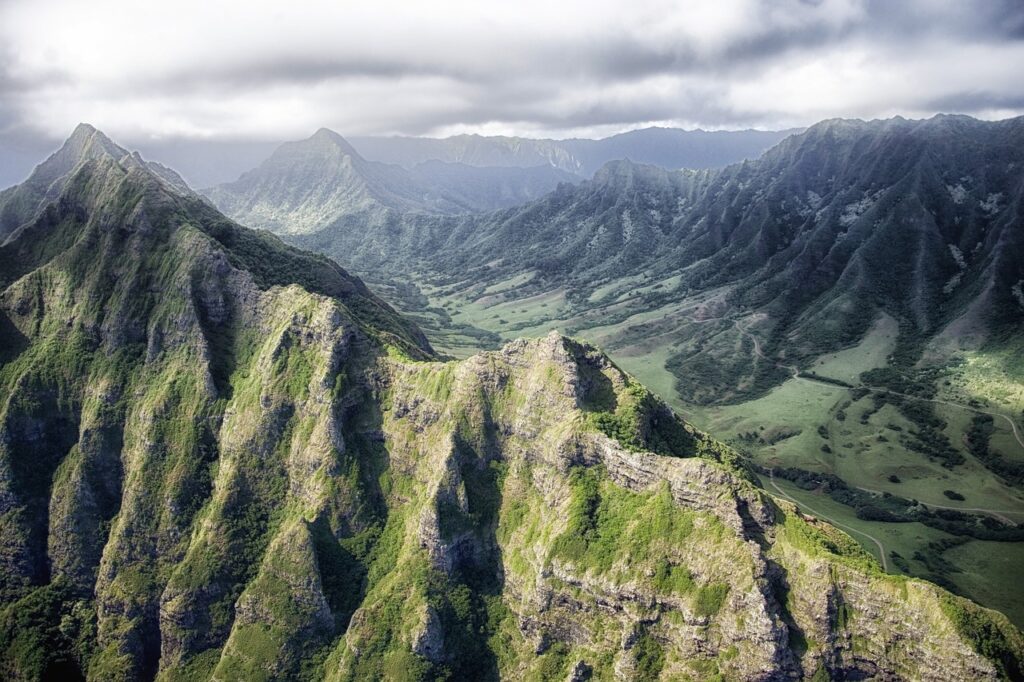
Indeed a great deal of Hawaii’s appeal lies in its volcanic activity and majestic terrain. Furthermore the Hawaiian Islands are part of the Hawaiian archipelago, which stretches over 1,500 miles across the Pacific.
Formation and Structure
- The islands were formed by a hot spot deep beneath the ocean floor, producing spectacular shield volcanoes like Mauna Loa and Mauna Kea.
- The big island of Hawaii, also known as Hawaii Island, is the largest island in the chain and home to some of the world’s most active volcanoes.
Noteworthy Geographic Features
- Mauna Kea, when measured from base to summit—including its underwater portion—surpasses Mount Everest in height, making it the tallest mountain in the world from sea level.
- Mount Waialeale on the island of Kauai has earned its reputation as the wettest place on Earth, receiving over 450 inches of rain annually.
- Hawaii is the most isolated island chain on the planet, lying more than 2,000 miles from San Francisco, its nearest continental neighbor.
Cultural Depth and Historic Landmarks
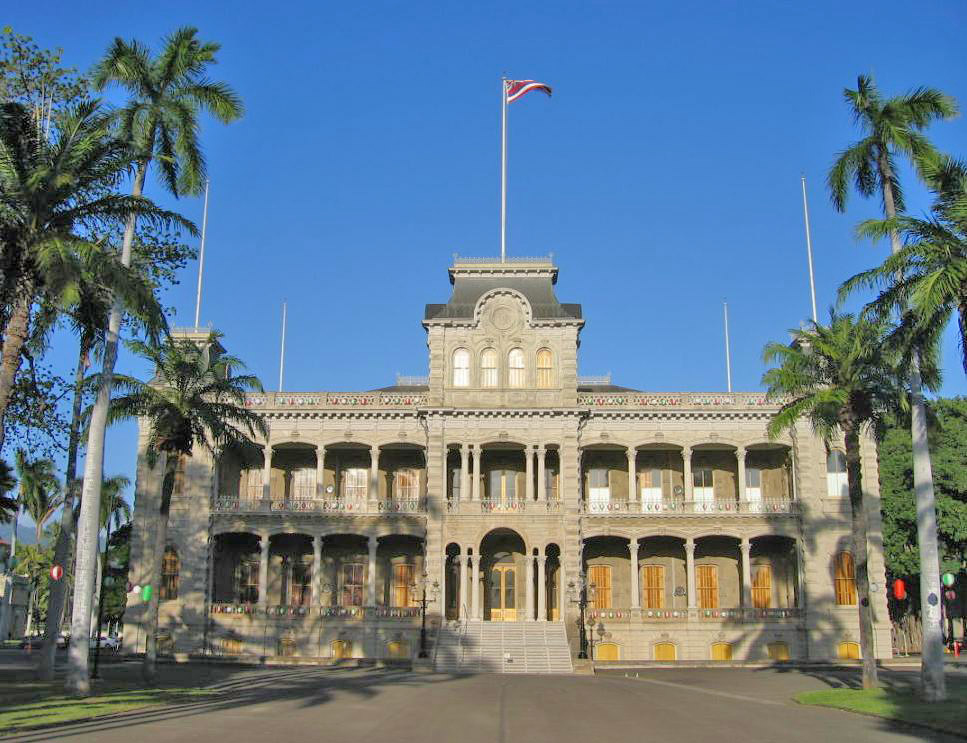
Despite its remote location, Hawaii has fostered a civilization rich in tradition, knowledge, and resilience.
Much has been shaped by the native Hawaiians, who trace their ancestry to the Marquesas Islands and developed a flourishing society long before contact with the West.
Symbols of Heritage
- The Hawaiian language, alongside English, is one of the state’s two official languages. A unique feature is the glottal stop known as the ‘okina, seen in words like ʻIolani.
- ʻIolani Palace in Honolulu remains the only royal palace on U.S. soil and is recognized as a national historic landmark.
- The state is often referred to as the Aloha State, a nod to the deeply rooted values of love, peace, and compassion.
Rich History and a Royal Past
Although Hawaii is often viewed as a vacation paradise, it has a deep and complex history.
Ancient Hawaiians developed a thriving culture with political structures, religion, and agricultural systems long before European contact.

Influences of Western Contact
- In 1778, Captain James Cook became the first European to visit the islands, naming them the Sandwich Islands.
- Over time, influence from Christian missionaries and traders reshaped traditional Hawaiian life.
- In the 19th century, Hawaii became a constitutional monarchy under King Kamehameha, who united the major islands into one kingdom.
Furthermore, in 1898, Hawaii was annexed by the United States, eventually becoming the 50th state in 1959.
This shift drastically affected the native Hawaiian population, whose sovereignty and cultural practices were heavily disrupted.
Hawaiian Language and Alphabet: A Unique System
The Hawaiian alphabet is among the shortest in the world, containing only 13 characters—five vowels and eight consonants, including the glottal stop.
While the written language was introduced by missionaries, oral traditions had long preserved Hawaiian words and stories.
Fascinating Facts About Hawaiian Language
- Hawaiian is one of the only state languages in the U.S. recognized alongside English.
- Names and place names in Hawaii often hold deep meanings tied to geography, ancestry, and history.
- Many Hawaiian words like “aloha” and “mahalo” are used daily, embodying spiritual and cultural values.
Interestingly, efforts to revitalize the Hawaiian language have been ongoing, with immersion schools and college programs helping to restore fluency among native Hawaiians.
Nature and Wildlife: A Diverse Ecosystem

Surrounded by thousands of miles of ocean, Hawaii has evolved an isolated ecosystem filled with native birds, marine life, and endangered species.
Among the most cherished is the Hawaiian monk seal, one of the most endangered marine mammals in the world.
Unique Fauna and Flora
- The hawaiian hoary bat is one of only two native Hawaiian mammals.
- Thousands of species of plants and animals are endemic, meaning they exist nowhere else.
- Hawaii is the only U.S. state where palm trees grow naturally in the wild.
In addition, annual migrations bring humpback whales to Hawaiian waters from November to May, providing visitors with a rare glimpse into their majestic world.
Volcanoes and Geological Marvels
Perhaps one of the most well-known facts about Hawaii is its volcanic nature. Formed by continuous volcanic activity, the islands still exhibit dynamic geology today.
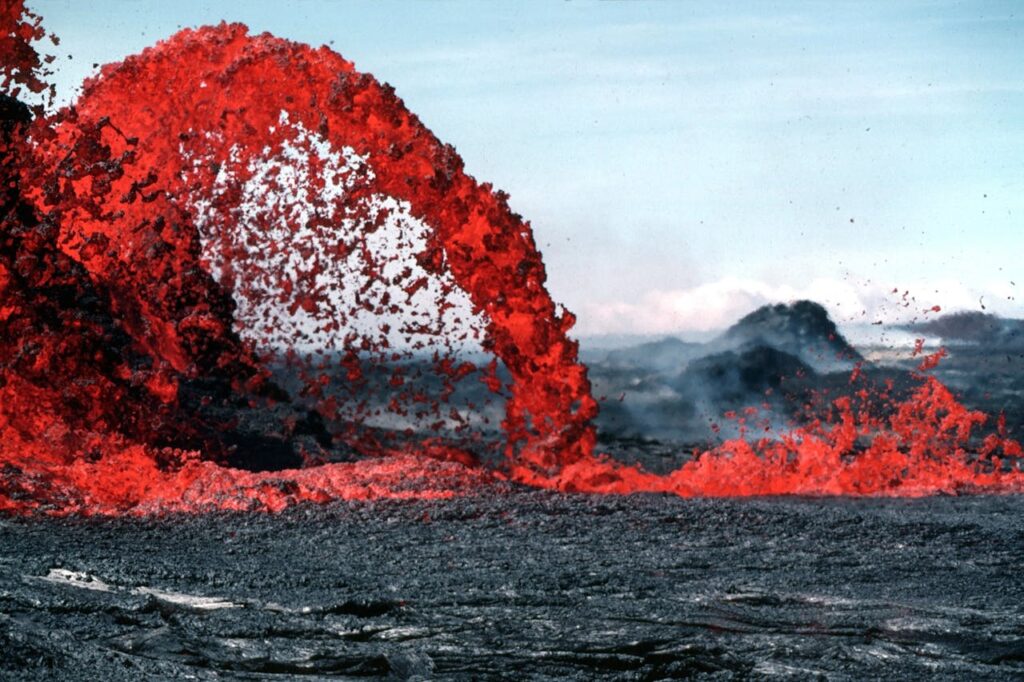
The Power of Lava
- Mauna Loa volcanoes are among the most active volcanoes in the world.
- Hawaii Volcanoes National Park on the big island of Hawaii offers a chance to witness active lava flows.
- The largest dormant volcano, Mauna Kea, often sees snow at its summit despite Hawaii’s tropical climate.
Moreover, the presence of lava tubes, craters, and black sand beaches all tell a story of the islands’ fiery birth.
Did you know? According to the USGS, Mauna Loa erupted 33 times since its first documented eruption in 1843, making it one of the world’s most active volcanoes (USGS Source).
Climate and Environment: A Tropical Paradise
Because of its location near the equator, Hawaii enjoys a tropical climate year-round. Thus, average temperatures rarely fluctuate beyond a 10-degree range, offering a consistently warm and inviting atmosphere.
Unique Weather Patterns
- Heavy rainfall is common in certain areas, especially near Mount Waialeale, making some parts of Hawaii lush and green.
- Despite this, dry regions exist as well—such as the leeward sides of the islands—creating a variety of ecosystems within short distances.
- Hawaii also has its own time zone, known as Hawaiian Standard Time, with no daylight saving time observed.
In addition, Hawaii is home to 10 of the world’s 14 climate zones, all present across its islands. As a result, landscapes can range from arid deserts to snow-capped mountains and rainforests.
Fun and Fascinating Facts About Hawaii
Although its beauty is widely praised, many amazing facts about Hawaii surprise even seasoned travelers.
Surprising Truths About the Aloha State
- Hawaii has no traffic lights on the island of Molokai.
- The Dole Plantation, famous for its pineapples, is a major tourist attraction and historical site.
- Las Vegas is humorously referred to as the “ninth island” because so many Hawaiians visit and live there.
Moreover, macadamia nuts, now synonymous with Hawaiian exports, were actually native to Australia and introduced to the islands in the 20th century.
Amazing Facts About Hawaiian Geography and Culture
- The state of Hawaii is the only state composed entirely of islands.
- Public access to all beaches is guaranteed by law, meaning private beaches do not exist.
- The Hawaiian Islands were the setting for Jurassic Park, showcasing the islands’ natural cinematic beauty.
Additionally, the hula dance, long misunderstood as mere entertainment, is in fact a sacred storytelling art passed down through generations.
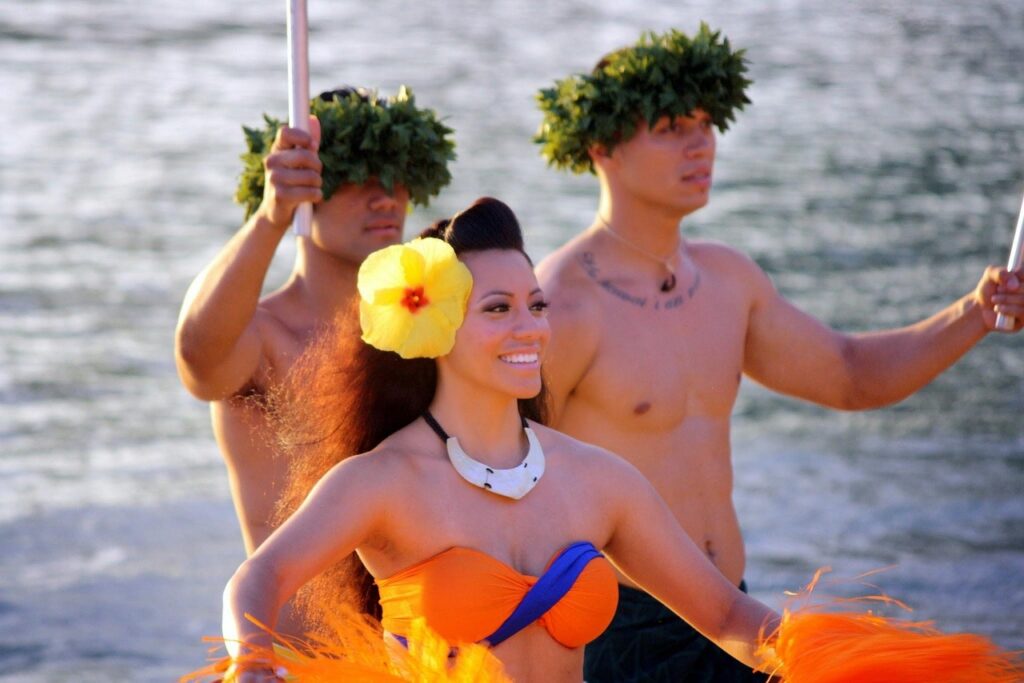
Hawaiian Culture and Traditions
While visitors may be drawn by the scenery, the heart of Hawaii lies in its Hawaiian culture—a blend of ancient customs and enduring values.
Values and Practices
- Firstly the concept of aloha goes beyond a greeting; it represents a way of life centered on love, respect, and unity.
- Native Hawaiians often practice traditional ceremonies honoring land, ocean, and ancestors.
- Events like the Merrie Monarch Festival in Hilo celebrate the hula and other cultural practices with pride and reverence.
Moreover, duke Kahanamoku, an Olympic swimmer and surfer from Hawaii, is often called the father of modern surfing and remains a cultural icon in the islands.
Hawaiian Celebrations and Heritage
- The legacy of King Kamehameha is celebrated each June 11, honoring his unification of the islands.
- The only royal palace in the United States, ʻIolani Palace, holds artifacts and memories of a once-sovereign nation.
- Ceremonial chants, or oli, are used to open events, maintain spiritual connection, and preserve oral history.
The Major Islands of Hawaii: Each with a Unique Story
Although Hawaii consists of over 130 islands, only eight main islands are considered habitable and historically significant. Each of these major islands offers distinct features and local charm.
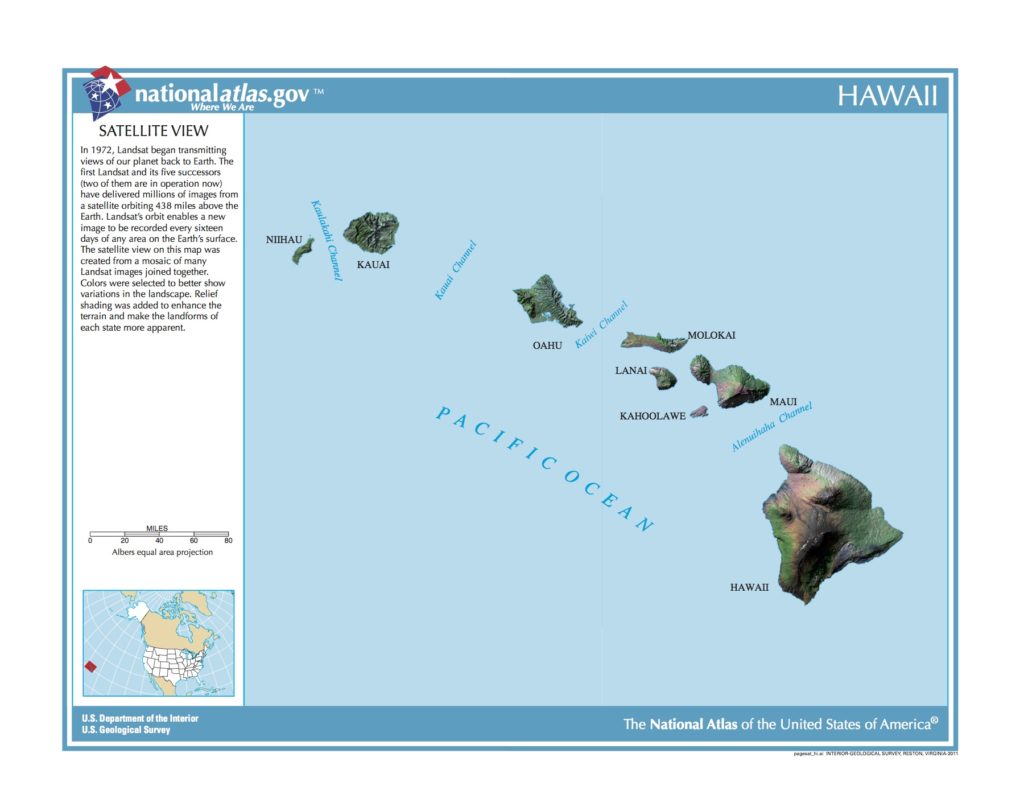
Overview of the Main Islands
- Hawaii Island (The Big Island):
As the largest island in the archipelago, it is known for volcanic activity, especially from Mauna Loa volcanoes and Kilauea. It’s also the origin of kona coffee, a globally respected brand. - Maui:
Famous for its stunning beaches, the scenic Road to Hana, and the dormant Haleakalā volcano. It’s also a great location for watching humpback whales during their migration. - Oahu:
Home to Honolulu, ʻIolani Palace, and the historic landmark of Pearl Harbor. This is where the majority of Hawaii’s native Hawaiian population resides today. - Kauai (The Garden Isle):
Known for its dramatic cliffs, Mount Waialeale, and rich greenery, it served as a filming location for Jurassic Park. - Molokai:
Sometimes referred to as the “Friendly Isle,” it is deeply rooted in Hawaiian culture and maintains a slower pace of life. - Lanai:
Once dominated by pineapple plantations, it now boasts luxury resorts and rugged landscapes. - Niʻihau:
Privately owned and often called the “Forbidden Isle,” access is restricted, helping to preserve traditional Hawaiian language and lifestyle. - Kahoʻolawe:
The smallest of the main islands, it was used for military testing and is currently undergoing environmental restoration.
Food, Agriculture, and Local Specialties
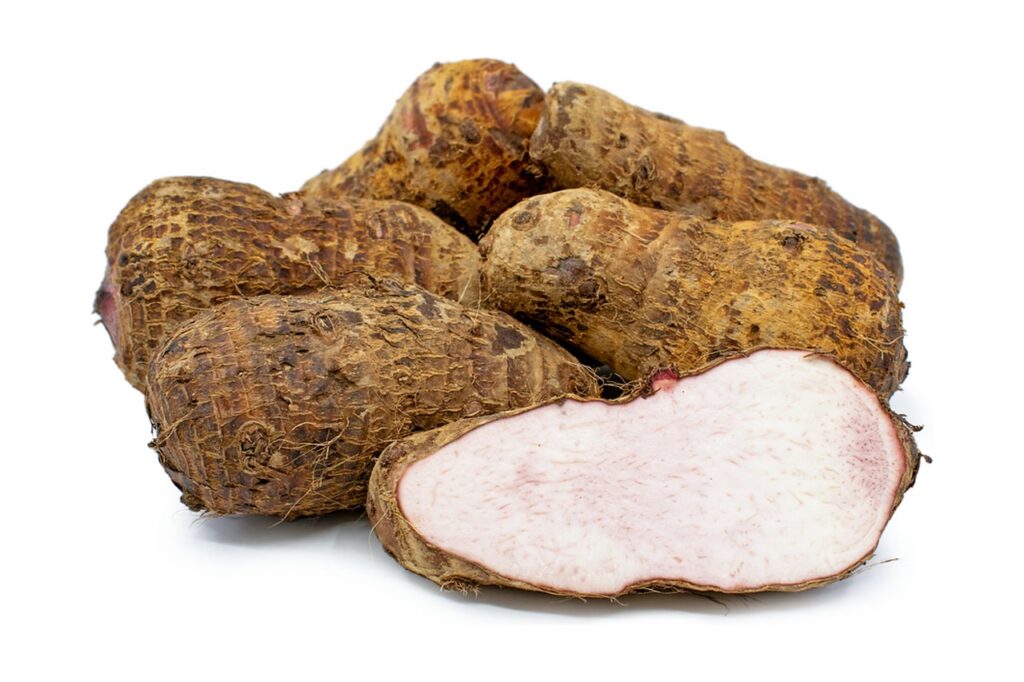
Certainly, another layer of facts about Hawaii can be found in its unique culture of food and agriculture.
Locally grown produce and traditional recipes tell stories of both native ingenuity and multicultural influences.
Hawaiian Agricultural Staples
- Kona coffee is one of the most expensive and premium types of coffee worldwide.
- Macadamia nuts, widely associated with Hawaii, are now a multi-million-dollar export industry.
- Taro, a root vegetable, forms the base of poi, a staple in ancient Hawaiian diets.
In addition, Hawaii grows tropical fruits such as pineapple, guava, and passion fruit. These crops were introduced over centuries and have become emblematic of the islands’ lush fertility.
Culinary Influences
- Native, Asian, and Western flavors have created a fusion cuisine unique to Hawaii.
- Dishes like poke, loco moco, and plate lunch represent this blending of cultures.
Because of its geographical location and multicultural population, Hawaii serves as a culinary crossroads unlike any other in the United States.
Snippet-Friendly Quick Facts About Hawaii
To help you remember these gems, here are some quick facts about Hawaii in bullet form, perfect for search engine snippets:
- Hawaii is the only U.S. state with two official languages.
- Mauna Kea is technically the tallest mountain in the world from base to peak.
- ʻIolani Palace is the only royal palace in the United States.
- Hawaii Volcanoes National Park is home to the most active volcanoes on Earth.
- The Hawaiian alphabet has only 13 characters.
Facts About Hawaii: Frequently Asked Questions
To clarify the most common curiosities, here are some of the top questions people ask when learning about facts about Hawaii:

What makes Hawaii geologically unique?
Hawaii was formed by a hot spot beneath the Pacific Plate, resulting in a chain of volcanic islands. Some of the most active volcanoes in the world, like Mauna Loa, are located here.
Is Hawaii the only U.S. state with a royal palace?
Yes, ʻIolani Palace in Honolulu is the only royal palace in the United States, once home to Hawaiian monarchs such as King Kamehameha and Queen Liliʻuokalani.
What are the official languages of Hawaii?
Hawaii is the only state in the U.S. to have two official languages: English and Hawaiian language, which includes unique features like the glottal stop.
What’s the tallest mountain in Hawaii?
Mauna Kea is the tallest mountain in Hawaii—and when measured from its base on the ocean floor, it is taller than Mount Everest.
Why is Hawaii called the Aloha State?
The name comes from the Hawaiian word “aloha,” which means love, peace, and compassion. It reflects the deep cultural values of the native Hawaiians.
What’s the significance of the hula dance?
More than entertainment, hula is a sacred Hawaiian cultural practice used for storytelling, often accompanied by chants and traditional instruments.
How isolated is Hawaii from other parts of the U.S.?
Hawaii is the most isolated island chain on Earth, located over 2,300 miles from North America, specifically San Francisco.
Are all Hawaiian beaches public?
Yes, Hawaii law mandates public access to all beaches, making it illegal to restrict entry—even near private properties or resorts.
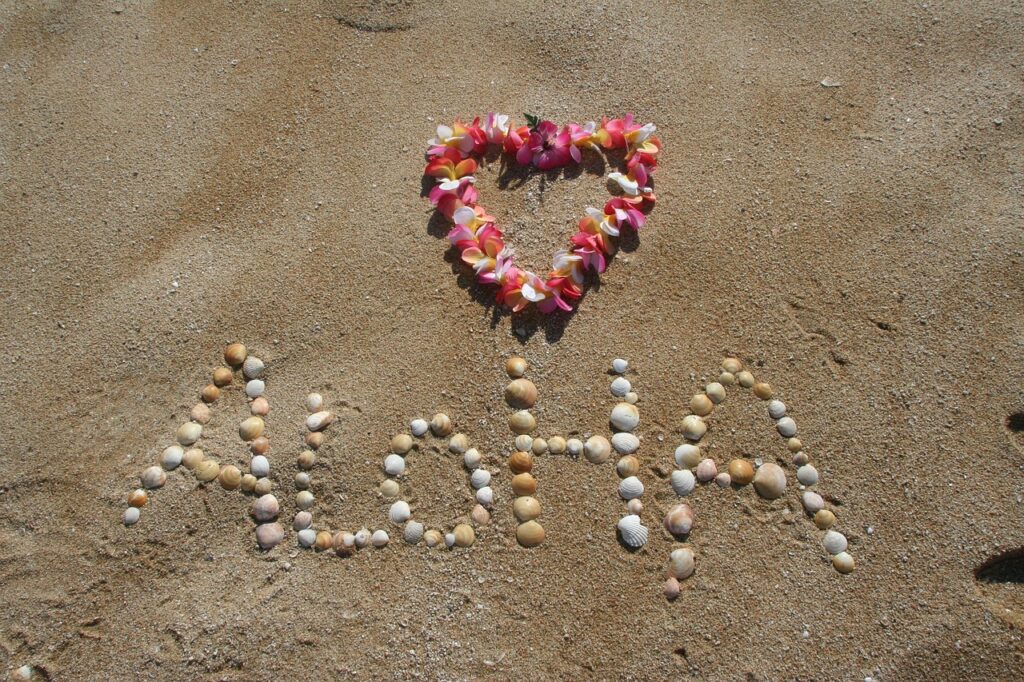
Conclusion: Aloha to an Amazing Place
In conclusion, the countless facts about Hawaii reveal far more than tropical appeal or postcard-perfect views.
The Hawaiian Islands carry a profound blend of rich history, resilient native Hawaiian culture, and volcanic activity that continues to shape the landscape today.
Even more impressive is how the Hawaiian archipelago, despite being so remote in the middle of the Pacific Ocean, has become a global symbol of peace, beauty, and preservation.
From the largest dormant volcano to the intricacies of the Hawaiian alphabet, from historic landmarks to fun facts about weather and wildlife—Hawaii remains one of the most fascinating and amazing places on Earth.
As travelers, learners, and lovers of culture, we are invited to engage with Hawaii not just as a destination, but as a living heritage.
With reverence and understanding, the Aloha State becomes more than a dream—it becomes a lesson in harmony, resilience, and wonder.




